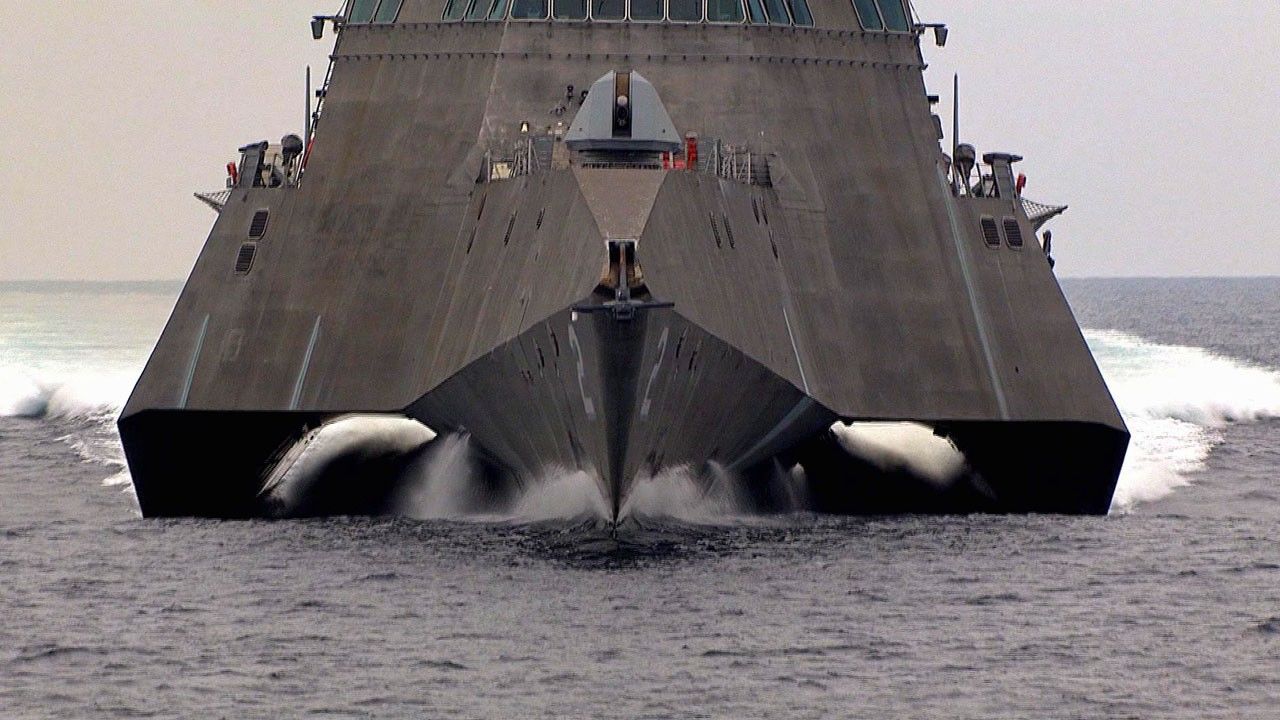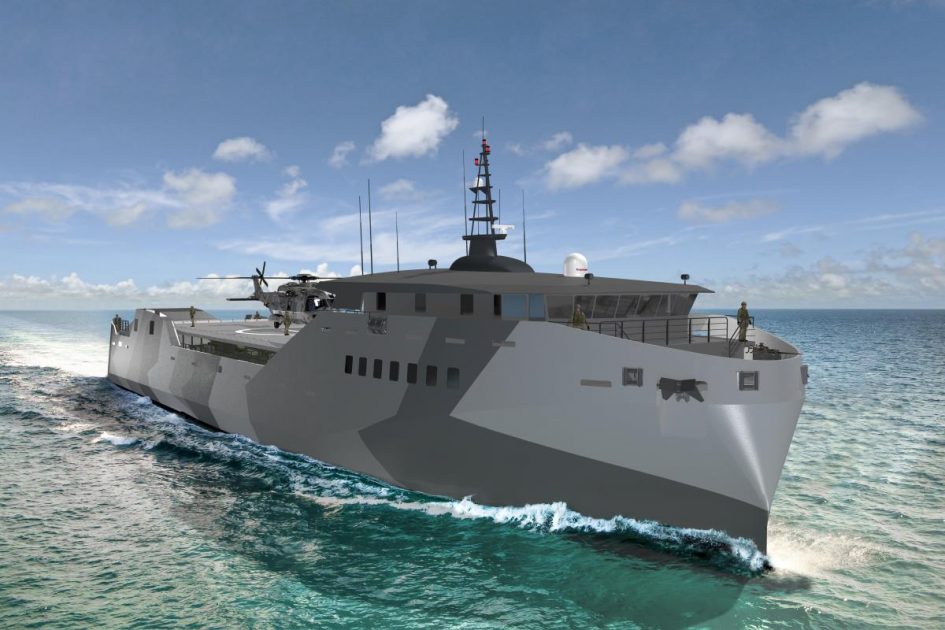

To prevent biofouling, traditional antifouling coatings gradually leach highly toxic biocides into the aquatic environment. Optimal performance can be achieved by preventing biofouling and having a smooth hull with no paint degradation. The much sought-after coating for the sustainable future of warshipsĬoatings are used in the shipping industry to improve hull performance and to protect the vessel. The paper examines the impact that change had on the threat faced by naval forces and the ensuing effect on ship design, then draws conclusions for the modern ship designer and operator. This paper examines the scope for offboard systems and their impact on survivability, seen through the lens of historical examples such as the French "jeune ecole" in the 19th century and the development of the aircraft carrier in the 20th that parallel the great changes seen today. Changes arising from some assumptions appear attractive, but may be standing future naval forces into danger. Whilst the opportunity for their use is clear the impact that they have on platform and force survivability is not clear. Recent years have seen an explosion in the use of offboard air, surface and subsurface vehicles, both remote and autonomous in nature, to extend the adaptability and capabilities of ships, submarines and task groups. Survivability, Adaptability and offboard Systems

To better define off deck airflow around the ship a future QPP improvement will be the development and installation of a Doppler LiDAR federate. This is owing to fewer ship structure excursions into and out of the air flow. Operating over deck whilst the ship is experiencing a quiescent period normally has the secondary effect of reduced air wake confusion. The results are mapped dynamically on speed-polar visual graphics providing the ship’s best course to steer to ensure encountering the quiescent zone in a timely manner. The ship's response to the wave spectrum is calculated to determine the level of quiescence at the time of encounter. From the measured sea surface, a short-term deterministic wave model can be constructed allowing the wave system to be propagated to the ship's location. The MoD/University of Exeter’s Quiescent Period Prediction (QPP) system achieves this by using a wave sensor system to measure the sea surface several hundred meters in advance of the ship. MoD/University of Exeter’s Quiescent Period Prediction (QPP) Program Aims to deliver technologies which support launch and recovery from Naval assets, particularly in higher sea states. The ship’s above waterline design coupled by the propulsion systems, affects ship’s motion and ship motion induced air wake behaviour. The same may be said of ship Well-deck-based surface boats, like Rhib and LCACs. One of the most challenging tasks in the deployment of ship-based manned and unmanned VTOL aviation is the launch and recovery and deck handling operational performance on smaller ship platforms. Resolving the Impact of Ship’s Design on Deck and Well-deck Launch and Recovery Operations by applying of Quiescent Period Prediction (QPP)ī Ferrier, R Taylor, RN, M R Belmont, J T Christmas, L Fedrick, Hoffman Engineering Please note that other abstracts will be confirmed on a later date.


 0 kommentar(er)
0 kommentar(er)
